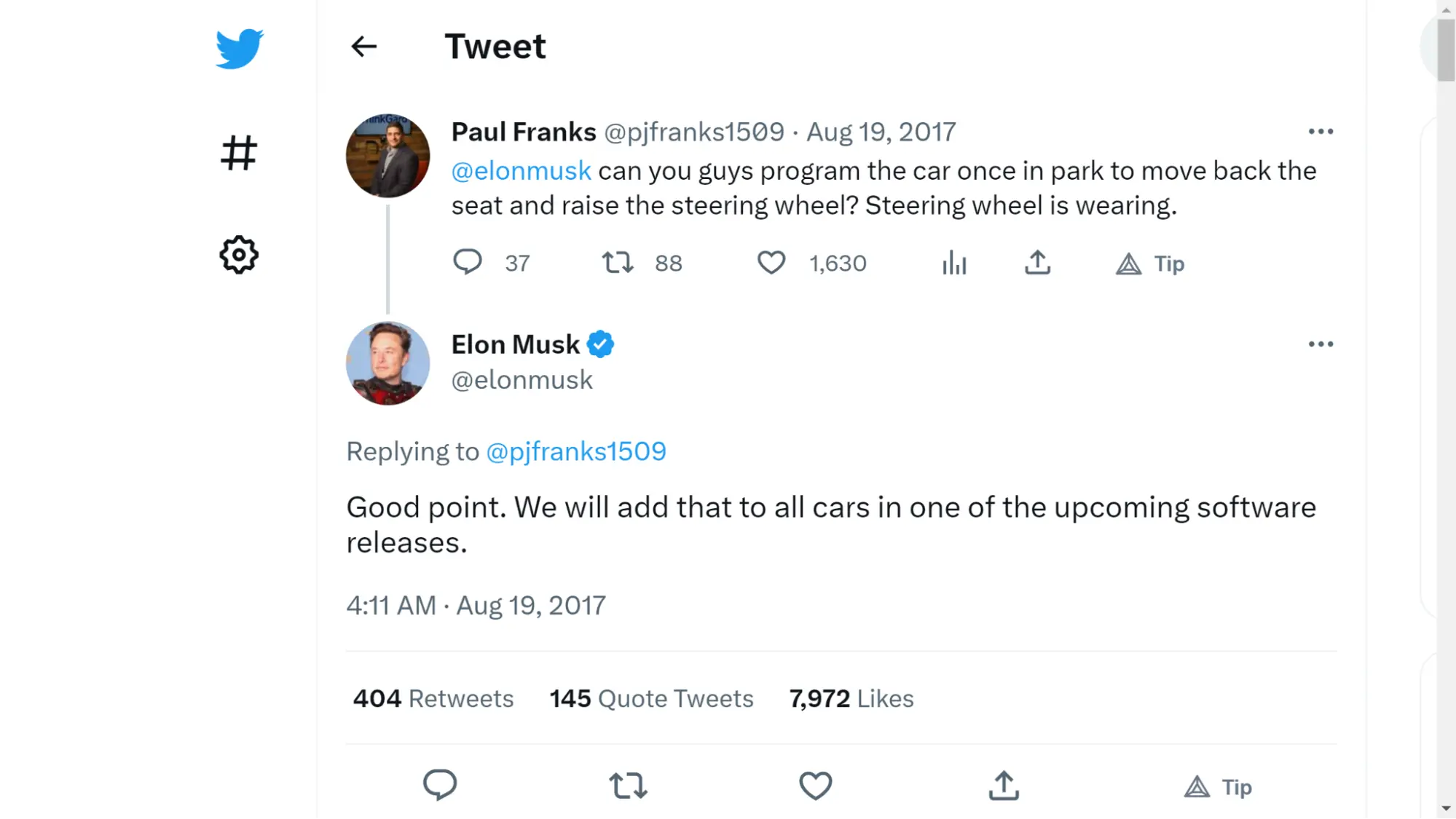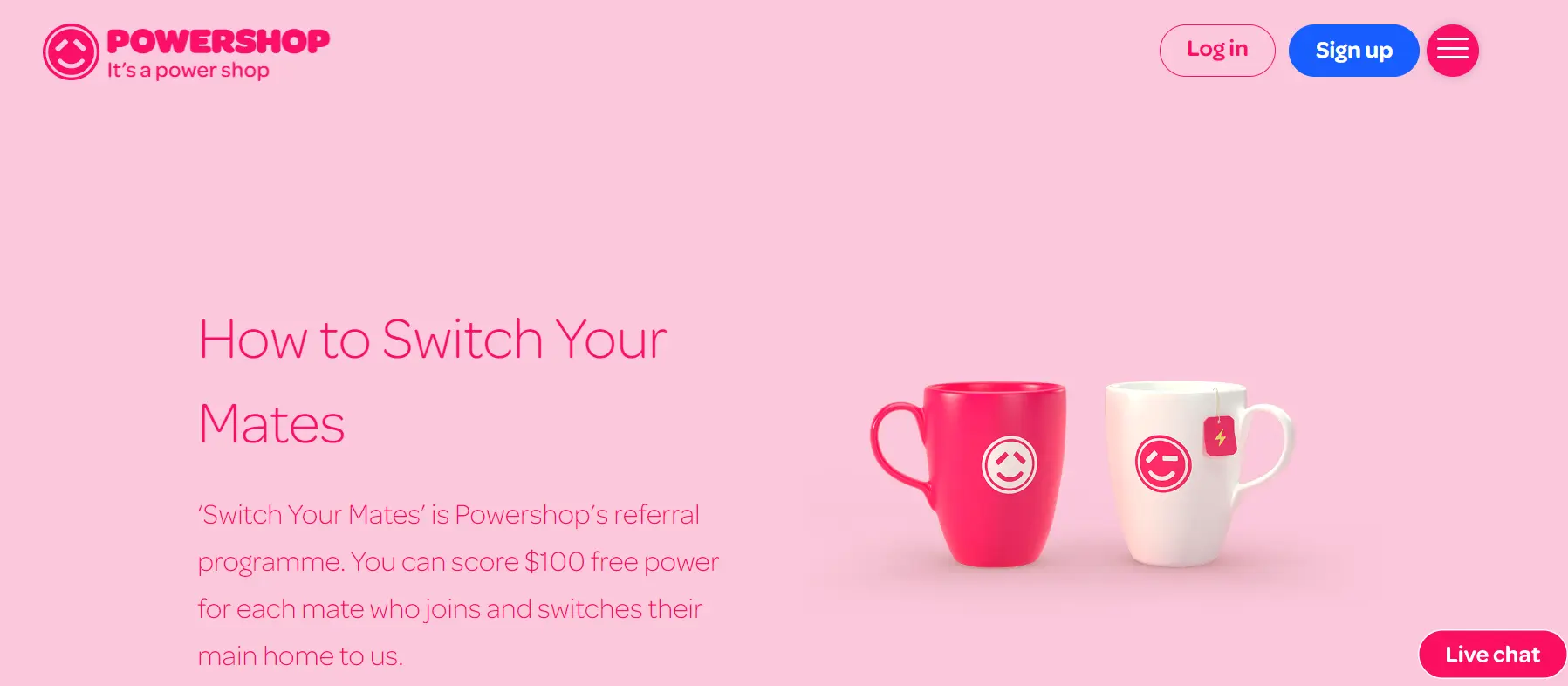In the fiercely competitive marketing industry, agencies constantly strive to attract new customers and expand their market share. For businesses, investing in marketing and customer acquisition is more crucial than ever to stay relevant and grow. However, focusing solely on acquiring new clients can be short-sighted and potentially harmful in the long run.
Developing a client retention strategy is essential to ensure sustainable growth and preserve your existing customer base.
Why?
A well-planned client retention strategy can enhance customer loyalty, increase sales, and ultimately improve your bottom line. Additionally, it’s cost-effective as acquiring new customers can cost up to 7x more than retaining an existing one. If that’s not enough, retaining existing clients can increase your profitability by 25-95%.
With that in mind, let’s explore ways you can adapt your marketing strategies and focus on existing customers to grow your agency.
What Is a Client Retention Strategy?
Customer retention is a metric that measures how well a company can maintain its repeat customers over a specified period. The period can be monthly, quarterly, or annually. You can customize the timeframes as you wish.
Your customer retention rate is expressed in percentages and shows the ratio of repeat clients you have. The rate is used to gauge how solid or healthy your customer base is and evaluate your customer satisfaction. The higher the percentage, the better your retention rate.
This is the formula to calculate your customer retention rate:
Customer Retention Rate (CRR) = (Total Customers at the end of the Period – New Customers Acquired)/(Customers at the Start of the Period)
Let’s look at an example.
A marketing agency starts the year with 300 customers. Over the year, they lost 50 clients and gained 70. At the end of the year, they had 320 clients. What’s their CRR?
CRR = ((320-70)/300) x 100
CRR = (250/300) x 100
CRR = 83.33%
Therefore, the marketing agency’s customer retention rate (CRR) is 83.33%.
While a retention rate of 83.33% is reasonable, other factors must also be considered. For instance, that CRR translates to a customer churn (lost clients) of almost 17% that year, which isn’t good. Most businesses aim to keep their churn rate below 10% by improving customer retention.
You must invest in a client retention strategy to improve your CRR and take it close to 100%. This framework will help you enhance your ability to retain customers over time.
Why Customer Retention Is Crucial for a Marketing Agency
Anyone can start a marketing agency, and with the right strategies, they can land clients. But the success of any business is not defined by just how well you can attract new customers.
If customer acquisition becomes your primary goal, you’ll likely spend a significant portion of your profits getting new customers, and that’s not sustainable.
For the long-term success of your business, you need to increase your agency’s customer lifetime value (CLV). This is defined by the profit a client generates for you during your partnership. The longer you retain a customer, the more profit they contribute to your business.
Here are four more reasons why you need to retain your clients.
Lower Marketing Costs
As a business, you want maximum ROI on your marketing budget.
The easiest way to achieve that is by marketing to your existing customers. You will likely spend less time convincing them to buy another service.
Your agency needs returning customers if you are to establish yourself in your industry and increase profit. Every time you lose one customer, you will spend much more money finding a replacement. This could be more concerning if a one-time customer didn’t generate enough profit to offset the acquisition costs.
Changing your tactics and focusing on customer retention allows you to get the most out of your acquisition effort.
Gain Valuable Feedback
Customer feedback plays a crucial role in the success of a marketing agency.
Clients can help you understand how you can improve your services and highlight any areas of improvement.
And where better to get genuine feedback than from repeat clients!
First, they have a long-term perspective and expectations. They want to keep using your service, and their feedback will only help you improve and retain them for longer.
Second, they have experience and familiarity with your services. They know how you compare against competitors and what you lack. This will make their feedback more informed, detailed, and specific than one-time customers. Additionally, their feedback is likely to align with the company’s goals.
When a Tesla owner tweeted to Elon Musk with an idea for a Tesla steering wheel adjustment, Elon took this feedback seriously and acted upon it. This is a great example of a brand that takes customer feedback with the seriousness it deserves.

Repeat Purchases Means Repeat Profit
Repeat customers are 50% more likely to try your new products because they already trust your brand.
The customer retention rate can often define the difference between a thriving and a struggling business. A high retention rate means that a business has a loyal customer base that continues to do business with the company. This provides a steady source of revenue and profit.
On the other hand, a low customer retention rate can be a warning sign that a business is struggling to keep customers satisfied. This can result in a decline in revenue.
Repeat customers also allow you to have a more predictable business cash flow to make more informed business decisions. For marketing agencies that depend on the recurring revenue model, customer retention ensures you maintain a steady cash flow essential for long-term success.
Word-of-Mouth Advertising
Word of mouth remains the best form of advertising due to its high effectiveness and valuableness.
Over 90% of customers trust recommendations from their family and friends. A higher retention rate means your clients are satisfied, and this will encourage them to recommend you.
If you increase your agency’s customer retention rate, you will automatically earn your customer’s loyalty, and loyal clients make the best brand ambassadors.
Zappos is a great example of a brand utilizing word-of-mouth advertising. They have invested in customer experiences and almost no ads. In his own words, Zappos CEO Tony Hsieh refers to the brand as “a customer service company that just happens to sell shoes.”

12 Ways to Retain Customers
1. Provide a Memorable Onboarding Experience
Your customer’s relationship with you begins immediately after they join your sales funnel. You want to set the right impression from the start.
Simplify your onboarding process and reduce any friction. A perfect way to achieve this is by reviewing your current strategy and eliminating anything that might frustrate a prospect. By creating a memorable onboarding experience, clients will be motivated to stay for the long term.
For a smoother onboarding experience, do the following:
- Focus on the customer: Create an experience centered on the customer’s needs instead of what you want.
- Practice transparency: Be open about how you provide your service and prices. Go an extra length and offer them customized plans to address specific needs.
- Manage expectations: Clearly communicate how you’ll help clients achieve their goals. Don’t promise something that you can’t deliver.
Following these steps will ensure the customer develops a positive opinion of your agency and will look forward to being a long-time client.
Grammarly starts the onboarding process with what they call the “learning-by-doing” approach.
The process starts with a product tour, after which the new user is shown a sample document to demonstrate how Grammarly operates in real-time.

By providing an interactive and visual experience to new users, Grammarly helps them understand the platform thoroughly before they begin using the tool.

This is a good way to offer a memorable experience to their users.
2. Offer Personalized Customer Experiences
Every interaction with your client significantly affects how they view your brand.
While offering the best customer service and addressing your client’s needs is crucial, you must do more. Offering personalized customer experience tailored to your client’s needs and preferences is a good start.
In 2022, a Salesforce survey found that over 70% of people expected brands to understand their needs and expectations.
You need to go beyond segmenting customers into groups and demographic personas. Approach them individually with detailed personas focusing on quality personal information. This practice makes the client feel valuable and indispensable.
A personalized experience aims to increase customer satisfaction and build loyalty, which can turn them into repeat customers. To offer one, leverage the data you have on your customers to understand their individual needs and address them specifically.
3. Build Trust With Your Customers
From the moment a client joins your sales funnel to the point where you need to retain them, you should avoid giving them a reason to doubt your credibility.
Here are three tips that can cement your client’s trust in you.
Always deliver what you promised: Your agency should be able to help the customer meet their business goals. This gives you a significant advantage over competitors.
Align your brand with your customers’ values: Avoid marketing gimmicks that might upset them or anything that might hurt your brand reputation. A positive brand reputation is critical in building customer loyalty and increasing confidence in your services.
Take accountability whenever problems arise: You are more likely to gain customers’ trust when you take ownership of your mistakes and offer a solution than when you play the victim or shift blame.
For example, ensure you take all the necessary measures to protect customer information when they pay with their credit cards. However, if a problem arises, listen and take appropriate actions to remedy the situation.
Furthermore, you can build customer trust when it comes to paying via credit cards by covering the cost of credit card transaction fees, which usually hover between 3% to 4% for online transactions.
4. Implement a Customer Feedback Loop
Implementing a customer feedback loop involves listening to customers and offering them what they want.
This plays on the adage that the customer is always right. By listening to your customers through collecting feedback, you will know what they want, and if you can offer customers what they want, you can retain them.
By implementing a customer feedback loop, you can demonstrate to your clients that you value their opinions and are committed to their satisfaction. It also provides an opportunity to address any issues promptly, which can help prevent customer dissatisfaction and potential loss of business.
Here are a few ways you can implement a customer feedback loop:
- Send a short survey: Ask your clients to rate their experience with your services, provide feedback on specific aspects of the service, and suggest areas for improvement.
- Send follow-up emails: After completing a project, send follow-up emails to clients, thanking them for their business and asking for their feedback on it.
- Analyze the feedback: Identify any recurring issues, common complaints, or areas for improvement.
- Take action: Based on the feedback received, take steps to address any issues, improve your services, or implement new processes to enhance the client’s experience.
- Communicate the results: The feedback loop results can be communicated to your clients, outlining the steps taken to address their concerns and improve their services.
- Repeat the process: Do this regularly to ensure you stay up-to-date with your client’s needs and preferences and continue to improve your services.
Interesting read: How to Collect Customer Feedback on Instagram: 6 Ways
5. Offer a Unique Service
In a competitive market, customers seek something that sets your agency apart from the rest.
Your agency can differentiate itself from the competition by offering a unique service that meets a specific need or solves a particular problem. This can provide added value to your clients and help you retain them over the long term.
For example, Glossier, a beauty brand that sells skincare and makeup products, offers a “Glossier Playground” in its flagship store in New York City. This is a space where customers can test out products and take Instagram-worthy photos. More importantly, a unique way to show customers that you care about them.

Here is how you can utilize this to your advantage:
- Offer a scoop of services: Don’t put your customers in a position where they need to hire two different marketing agencies. Anticipate all your customers’ needs and try your best to offer all the services they might need.
- Stay innovative: Keep improving your services to meet market needs. Once you get comfortable and stop devising new ways to help clients, you will struggle to retain them.
6. Start a Referral Program
A customer referral program is an effective marketing tactic businesses use to retain and acquire new clients.
By leveraging satisfied customers to influence their network and bring in new customers, you can reduce customer acquisition costs, increase sales, and improve customer satisfaction.
Additionally, introducing a referral program can enhance your agency’s image and reputation. This is mainly because customers are likelier to trust and recommend businesses with established referral programs.
For example, Airbnb’s referral program offers both the referrer and the referred user a credit towards their next booking on Airbnb. This encourages users to share Airbnb with friends and family and has helped the company proliferate in new markets worldwide.

To get the best from your referral program, make it easy to use and reward the new customer too. Offering a new customer a discount creates a positive onboarding experience that improves retention in the long run.
7. Engage With Your Customers
Retaining a customer requires the same effort you invested in attracting and converting them. Constant engagement and staying in touch are key.
To engage your customers, you need to keep the conversation going. Increase your content, email, and social media marketing efforts by retargeting existing customers with offers to make them use your services again.
Also, leverage other tactics like community building. Creating a community around your brand can help build customer loyalty. You can do this through social media, forums, or other online communities your clients use.
8. Improve Your Employee Retention Rates
Your agency’s employees are crucial in building and maintaining strong customer relationships. They are your business’s face and serve as your clients’ primary ambassadors. To ensure high customer retention rates, it’s important to prioritize employee retention.
Employee retention is critical for two primary reasons.
Firstly, satisfied employees tend to work harder and stay with your agency for longer, ultimately benefiting you and your long-term clients. Secondly, a higher employee retention rate leads to greater customer retention, as clients can form strong connections with your employees and may follow them if they leave.
Consider implementing employee retention strategies to improve the correlation between employee and customer retention. For example, offering incentives to employees who stay with your agency for extended periods and retain clients for the long term. Investing in your employees’ satisfaction and success can enhance customer retention and grow your business over time.
Interesting read: Social Media Careers: Skills Needed, Where to Look, and Jobs to Consider
9. Customer Loyalty Program
A loyalty program is a powerful strategy to help marketing agencies drive customer retention and increase revenue. By offering rewards and incentives to customers who achieve specific milestones, you can encourage them to spend more on your business and differentiate yourself from competitors.
You can implement various loyalty programs, including discounts on specific days, redeemable points, or rebates based on minimum purchase requirements. When executed effectively, these programs can keep your customers engaged and increase repeat business, resulting in higher revenue.
To maximize the benefits of your loyalty program, try making it ongoing and encourage customers to stay on the program after conversion. You can also create personalized programs for different customer segments or compete with the loyalty program to increase engagement and interactions.
Remember, a well-designed loyalty program improves customer retention and enhances brand loyalty and advocacy. Creating a program that delivers real value to your customers can build stronger relationships and achieve sustainable business growth.
For example, Powershop’s customer referral program, “Switch Your Mates,” encourages existing customers to refer their friends and family to Powershop, helping drive customer acquisition and retention. The program also helps build customer loyalty by rewarding both the referrer and the friend who switches and providing a financial incentive for customers to remain with Powershop.

10. Keep Up With Industry Trends
Staying on top of trends in the marketing industry is essential to achieve sustainable growth and retain clients over the long term.
Anticipating your clients’ evolving needs and preferences is critical for marketing agencies that want to establish long-term relationships with their clients. By doing so, you can position your agency as a trusted partner that deeply understands their business and provides innovative solutions to help them achieve their objectives.
Moreover, keeping up with industry trends allows you to spot threats and identify opportunities in the market. This is critical for developing a customer retention plan, staying competitive, and even poaching clients from other agencies. By continuously learning and adapting to new trends, you can better serve your clients and improve your agency’s overall performance.
11. Appreciate Departing Customers
Showing appreciation to customers who are leaving increases the likelihood of them returning and potentially make them change their mind too. Hence, ensure you’re not burning bridges when client part ways with you as it can send the wrong message to existing ones.
Departing clients’ feedback helps improve services, show commitment to customers, and re-acquire lost clients. Use it to kickstart your customer re-acquisition strategy.
If a customer is departing due to your agency’s mistake, consider the following:
- Offering alternatives
- Asking for feedback
- Provide exceptional service until the end
If a long-term customer departs for a reason you can capitalize on, use the opportunity to your advantage. You can use their experience with your business to create a case study or simply ask for a powerful testimonial.
12. Invest in Omnichannel Marketing
The average customer interacts with a brand across six touchpoints before converting. You must invest in omnichannel marketing to retain customers after conversion and keep in touch with them.
Omnichannel marketing is a crucial customer retention strategy that helps provide a seamless and consistent customer experience across multiple channels. By using this approach, marketing agencies can retarget existing clients with consistent messaging and turn them into repeat customers.
It also improves the hyper-personalized customer experience by collecting valuable customer data that helps understand customer needs better and create a strategy to meet them. Overall, omnichannel marketing enhances customer loyalty and strengthens your agency’s brand image.
Sephora is a beauty retailer that is recognized for its omnichannel marketing efforts. They offer a seamless shopping experience across their website, mobile app, and physical stores.

Conclusion
Customer retention is critical for your business, but achieving that goal without a strategy will be challenging.
To create a strategy, you must first identify why your agency struggles to retain customers. You can do this in multiple ways; the most effective ones are getting insights from departing customers or performing a competitor analysis to show why clients leave for your competitors. Once you have an answer, you can adopt any strategies discussed in this article.
Retaining customers is an ongoing process. For best results, ensure that your strategy is customer-centric.




